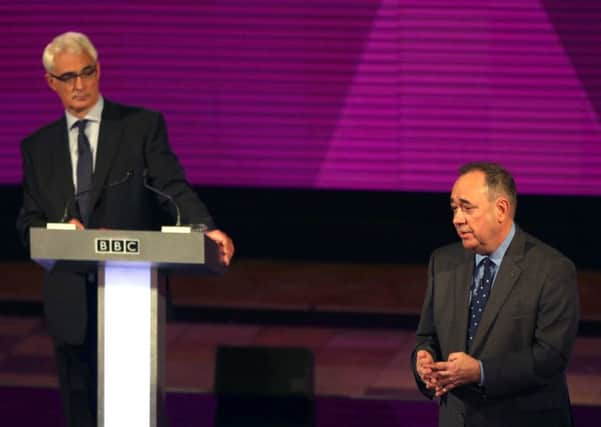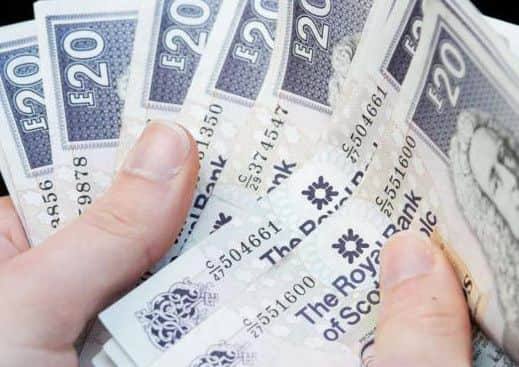Indyref2: How the currency debate has evolved


The documents showed that senior civil servants at Holyrood worked on a plan for a Scottish Monetary Institute that would cost around £50m a year to run.
Unionist politicians were quick to seize on the figures to claim it showed the costly plans were another downside of separation.
Advertisement
Hide AdAdvertisement
Hide AdFor their part, the SNP said that the leaked documents showed just how much work the party and the Government had put into their post independence plans.


It is understood that some of the work will be fed into the party’s Growth Commission, which is examining fiscal issues ahead of the second referendum on independence planned by Nicola Sturgeon.
With the First Minister set to return to the parliament after the Easter break to outline her next steps in taking forward her independence plans, the economy is almost certain to be front and centre of the debate again.
With that in mind, we look at how the currency issue reared its head during the first referendum, and how it could feature again.


Historical context
Given how fiercely the SNP fought to keep the pound after independence (see below), it is easy to forget that the currency wasn’t always their favoured option.
After the single Eurozone currency the Euro was launched in the late nineties, the SNP had given it their full support.
Alex Salmond said in 1999 that the pound was a ‘millstone around Scotland’s’ - a remark that would haunt him in the years to come,
That’s not to say his eventual u-turn was the only one carried out by a major British politician over the single currency.
Advertisement
Hide AdAdvertisement
Hide AdTony Blair had been an enthusiastic backer of the EU before it launched, but never committed the UK to entering into the currency zone.
A party conference debate in 2009 was also held by the SNP in which they discussed plans to join the Euro subject to a future referendum on Eurozone membership.
That came just immediately before the Eurozone crisis was exacerbated by financial problems experienced by countries like Greece.
Child’s Play
The SNP might have considered dealing with that U-turn the least worst option when it came to their currency plans – by the time of their 2013 White Paper on independence they had opted for a currency union with the rest of the UK.
Then-Chancellor George Osborne dealt those plans what appeared to be a fatal blow in the February of 2014 by saying that he would not consent to sharing the pound with a separate Scottish state.
He was backed up on that position by the financial spokesmen for the other two main UK parties, the Liberal Democrats and Labour.
Alex Salmond and his Yes colleagues attempted to pass this off as simply bluffing from the Treasury, which Mr Salmond insisted would eventually acquiesce to a shared pound.
He also maintained that as Scotland already used the currency, that short of removing it from citizens’ pockets, there was no way for London to take ‘our pound’.
Advertisement
Hide AdAdvertisement
Hide AdPerhaps one of the most influential moments of the independence campaign was in the first debate between Better Together chief Alistair Darling and Mr Salmond, at which the latter was challenged on what currency a separate Scotland would use.
“These are things a child would be able to tell us about a country,” Mr Darling told a clearly flustered Alex Salmond, and he was judged to have won the first debate handily, a shock given Mr Salmond’s well-established debating skills.
The future
The very existence of the SNP’s growth commission, headed by one of the party’s top thinkers Andrew Wilson, shows how seriously Nicola Sturgeon is taking the issue of the economy as she plans for a second referendum.
Whether the top figures are likely to admit it publicly, there is a clear sense among activists and some senior Yes campaign staffers that failure to deal with the currency issue was one of the main reasons that Better Together won by a margin of 10 per cent.
With the pound in the pocket still the most important issue for many ahead of any second vote on the constitution, it seems from the last referendum that the SNP has its work cut out.
